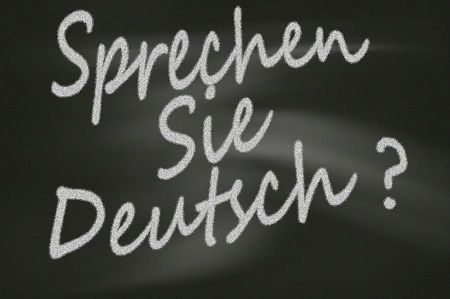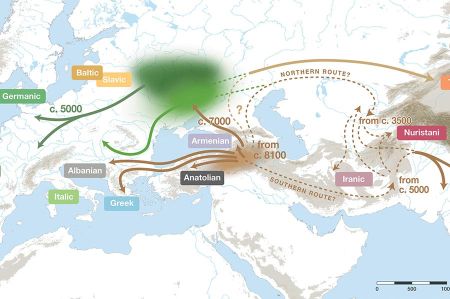German language - Indo-European languages from Anatolia?
- Written by Portal Editor
The New Zealand linguists Quentin Atkinson and Remco Bouckaert are currently attracting attention in the media with their research results, as they claim that the German language also had its origins in Anatolia.
It is indeed an interesting question, because too many terms in everyday language use in different languages suggest that they have the same origin. Is there therefore a common cradle of languages?
“Mother” is strikingly similar in Russian, Danish, Hindi, Albanian and Italian

It is very important for biologists to get to the origins of a pandemic because this is the only way to combat the source of the pandemic. They take samples from different locations and sequence the DNA in complex steps. Now the development can be read into maps and thus the spread can be tracked. With this type of family tree, you can then find your way back to the origin. In this way, population relationships between groups from Italy and Anatolia (Etruscans) have already been proven.
Modern linguists have used basically the same techniques. First, huge data collections of similar words were collected. The Danish word for mother became “Moeder”, in Spanish “madre”, in English “mother”, in Russian “mat”, in Persian “madar”, in Greek “mitera” and in Hindi “mitera”. “mam” fixed. Other similarities are easy for everyone to understand. Now a family tree of the languages was created and the words were assigned according to time and place. Reports about the appearance and disappearance of related words were also recorded in appropriate files. Experts call words that have developed from an original word cognate.
Now a heated debate has been sparked again

So far, the vast majority of researchers have been convinced that languages were also spread by groups of nomadic people around 5,000 - 6,000 years ago during the Bronze Age. The people of this time already used horses and bicycles, so they spread from the Caspian Sea to what is now Ukraine within a relatively short period of time. Other groups of scientists are convinced that languages were consolidated and spread with the first settlements, i.e. the beginning of agriculture. Accordingly, for this group of scientists, the origin of the languages in what is now Turkey lies around 8,000 to 9,500 years ago.
“It wasn't as if all the hunters in Europe looked over the fence and saw that their neighbours were growing something and then decided to do the same,” says Atkinson, describing his theories. But there has been real progress and language development also shows that a cultural movement has taken place. Hunters not only accepted the plod as a tool, but also the culture and language.
The scientists led by Quentin Atkinson and Remco Bouckaert compiled their family tree and combined the information with the current distribution area of the respective language. This is how they came across Anatolia as the likely place of origin of the Indo-European languages. Between 4,000 and 6,000 years ago, the individual subfamilies of Indo-European, such as the parent languages of Celtic, Germanic or Indo-Iranian, split off. Individual languages within the subfamilies then developed around 4,500 to 2,000 years ago, i.e. something like German within the Germanic languages.
It will already be interesting to see what further findings the researchers and scientists will come across.
Please read as well:
